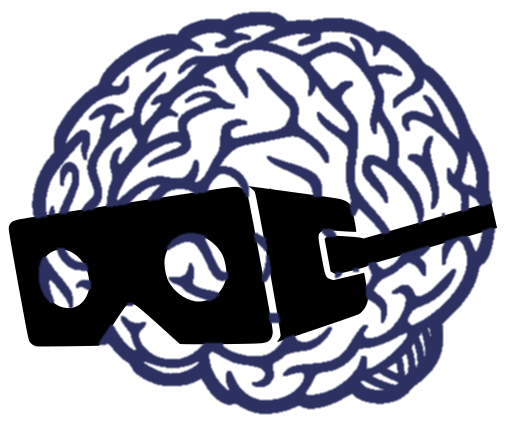
As part of so-called exposure therapies, which consist of gradual and deliberate exposure to a feared stimulus in virtual reality (VR), mainly visual and acoustic elements have been used so far. Olfactory stimuli are rarely used – they are usually used only as a means of inducing relaxation. At the same time, however, a number of previous studies point to a relationship between smell and anxiety disorders, including obsessive-compulsive disorder (OCD). The use of olfactory elements within the framework of exposure therapy could thus contribute to the realism of the VR experience and establish the importance of the sense of smell when encountering feared stimuli.
The goal of this project is to clarify how individuals with obsessive-compulsive behavioral traits and with obsessive-compulsive disorder differ from a control group in their behavior in response to olfactory stimulation presented within a VR environment. We also aim to find out how these groups differ from each other in olfactory abilities, that is, in the evaluation of the pleasantness of smells and in olfactory awareness and memory. Another aim is the clarification of differences in morphology and functional connectivity in brain regions involved in the processing of olfactory stimuli and olfactory reactivity using magnetic resonance.
The project was launched with the financial support of the Czech Science Foundation (GACR), project No. 22-31662S.


